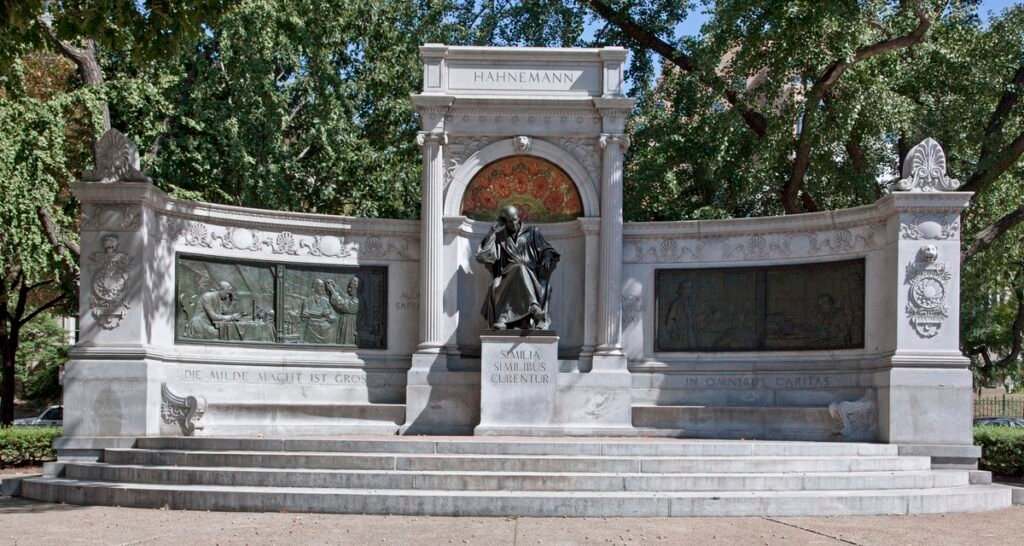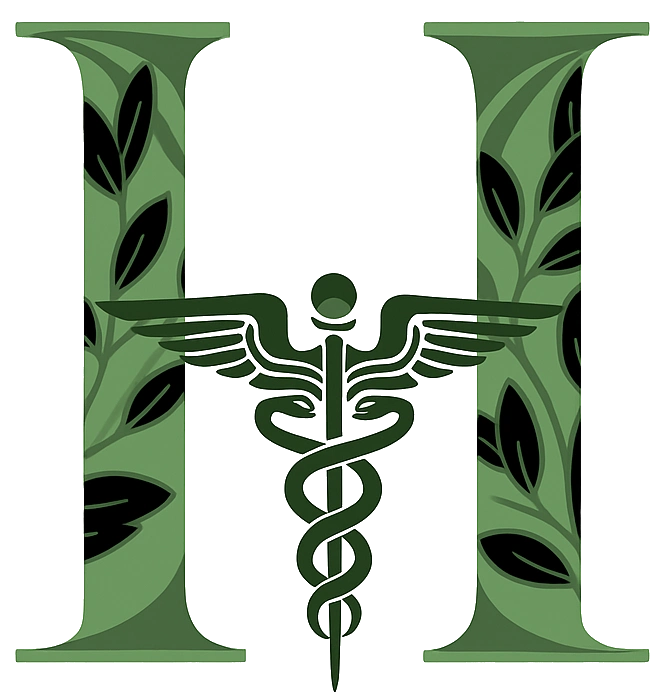Samuel Hahnemann Monument – A National Memorial

Located in Washington, D.C., the Samuel Hahnemann Monument was unveiled in 1900 at Scott Circle. Sculpted by Charles Henry Niehaus within a Classically styled exedra, its bronze statue shows Hahnemann seated in thoughtful repose. Inscribed with “Similia Similibus Curantur” and adorned with compelling reliefs and mosaics, the monument was the first public statue in D.C. honoring a non-Revolutionary foreigner. Rededicated in 2000 and meticulously restored in 2011, it remains a feature of the National Register of Historic Places and a testament to the enduring legacy of homeopathy in America.

Homeopathy has a long and fascinating history in the United States. Introduced in the early 1800s by European physicians, homeopathy quickly gained popularity because of its gentle, individualized approach to care.
By the mid-19th century, America was home to more than 20 dedicated homeopathic medical schools, hundreds of hospitals, and thousands of practitioners serving communities across the country. Unlike conventional medicine of that era—which often relied on aggressive measures such as bloodletting or high-dose chemicals—homeopathy emphasized safe, natural remedies tailored to each person. Today, homeopathy in America is:
- Integrated into wellness practices alongside nutrition, acupuncture, chiropractic, and yoga.
- Widely used in telehealth platforms, making consultations accessible anywhere.
- Supported by research that shows homeopathy’s role in safe, complementary care.



